
The science behind the art of better flexographic results.The big quality difference between R/bak Cushion mounting materials & other cushions can best be seen by taking a microscopic look inside the foam. Open-cell urethane bounces back over & over again so that the material provides the same level of cushioning no matter how many times it is compressed. Closed-cell polyethylene breaks down in use, not bouncing back & resulting in loss of ink density. |
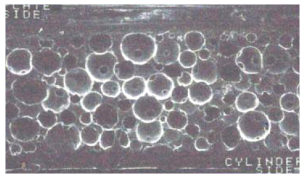 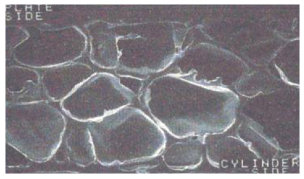
|
Open-cell urethane structure (magnified 100 times) naturally bounce back to deliver consistent results. Closed-cell polyethylenes's structure (magnified 100 times) change with repeated use & requires repeated adjustments. |
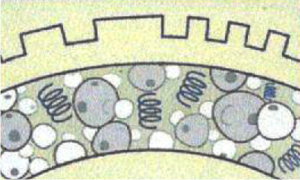 |
 |
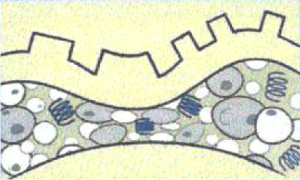 |
 |
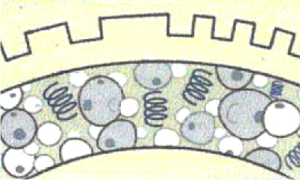 |
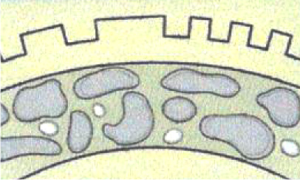 |
 |
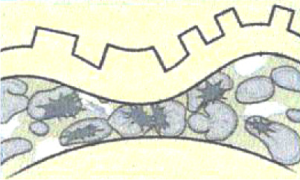 |
 |
 |
|
Higher Print Quality
R/bak materials provide a high degree of surface conformity with minima increase in plate pressure. the result in lower dot gain, cleaner revers print, improved registration, fewer dropouts & higher quality impression at increased press speeds. |
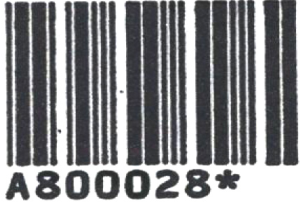
|
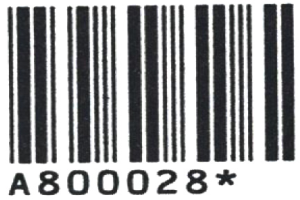
|
|
Reduces Dot gain
Utilizing R/bak Cushions behind the printing plate allows the pressure applied to the plate to be absorbed by the cushion rather than the corrugated surface, thus reducing physical dot gain. |

|
|
Eliminates Board Crush
The R/bak Cushion mounting system provides wide process latitude without damage to the corrugated board, allowing for a finished product that truly stands out. |

|
|
Improved Handling
Lighter thin plates with shorter processing times. |
Increased Press Speeds Without Bounce
Eliminating bounce allows increased throughput & ends double strikes. |
|
Longer Plate Life
With less than 2% compression set, R/bak materials reduce plate wear by continually absorbing impact. |
Reduced Costs/Improved Profits
Less waste and lower component wear mean more impressions & lower costs for you. |
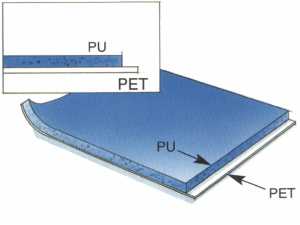
|

|
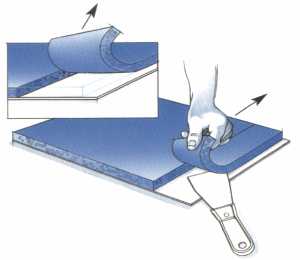
|
|
1. |
2.
|
3.
|
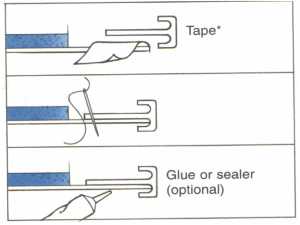
|

|
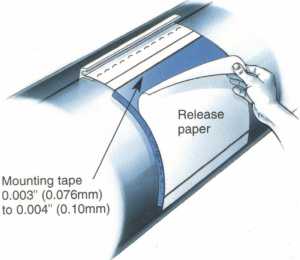
|
|
4.
*Soft tape prevents damage to edge from stitching |
5. |
To mount plate to R/bak material: |
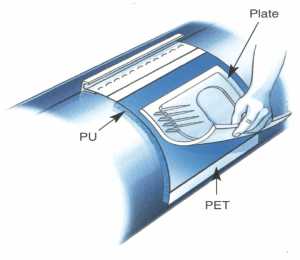
|
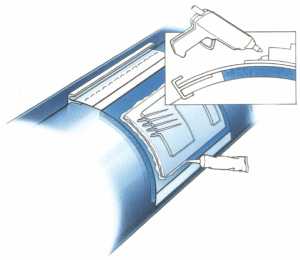
|
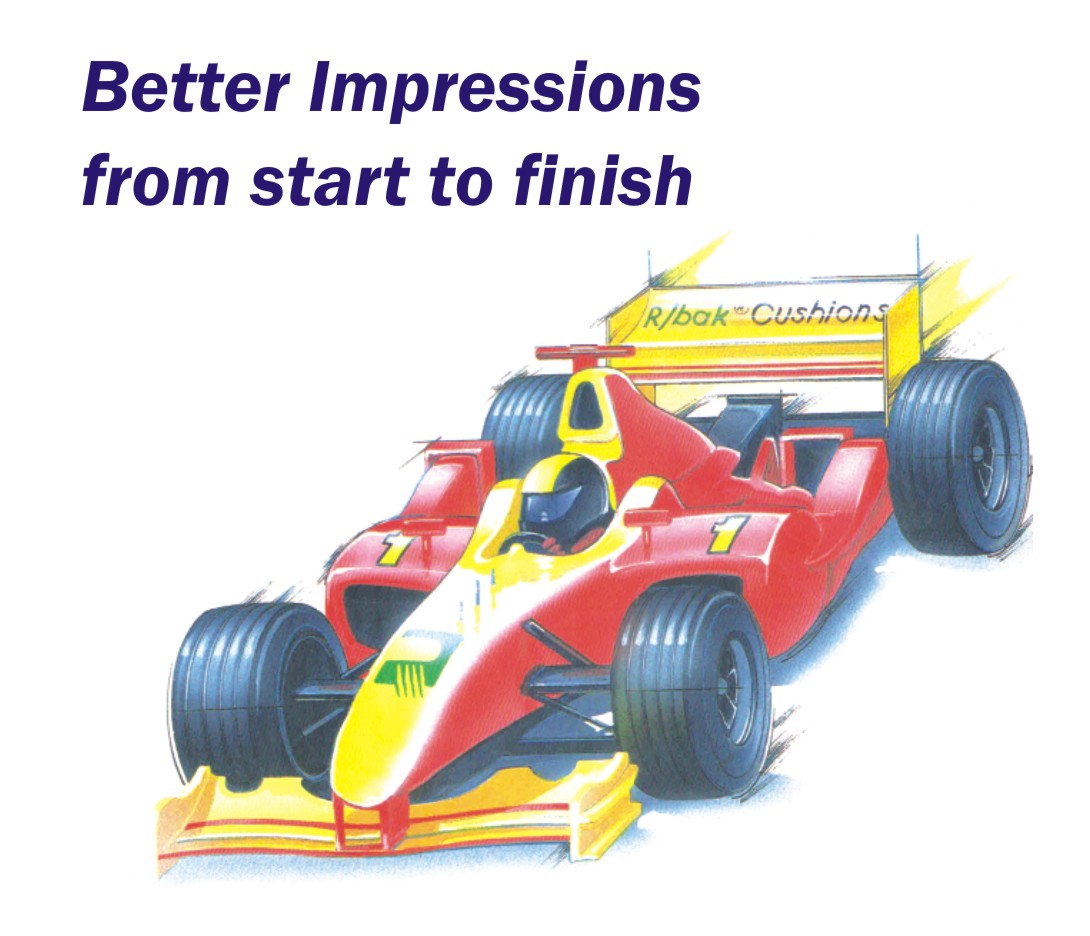
|
|
7. |
8. |